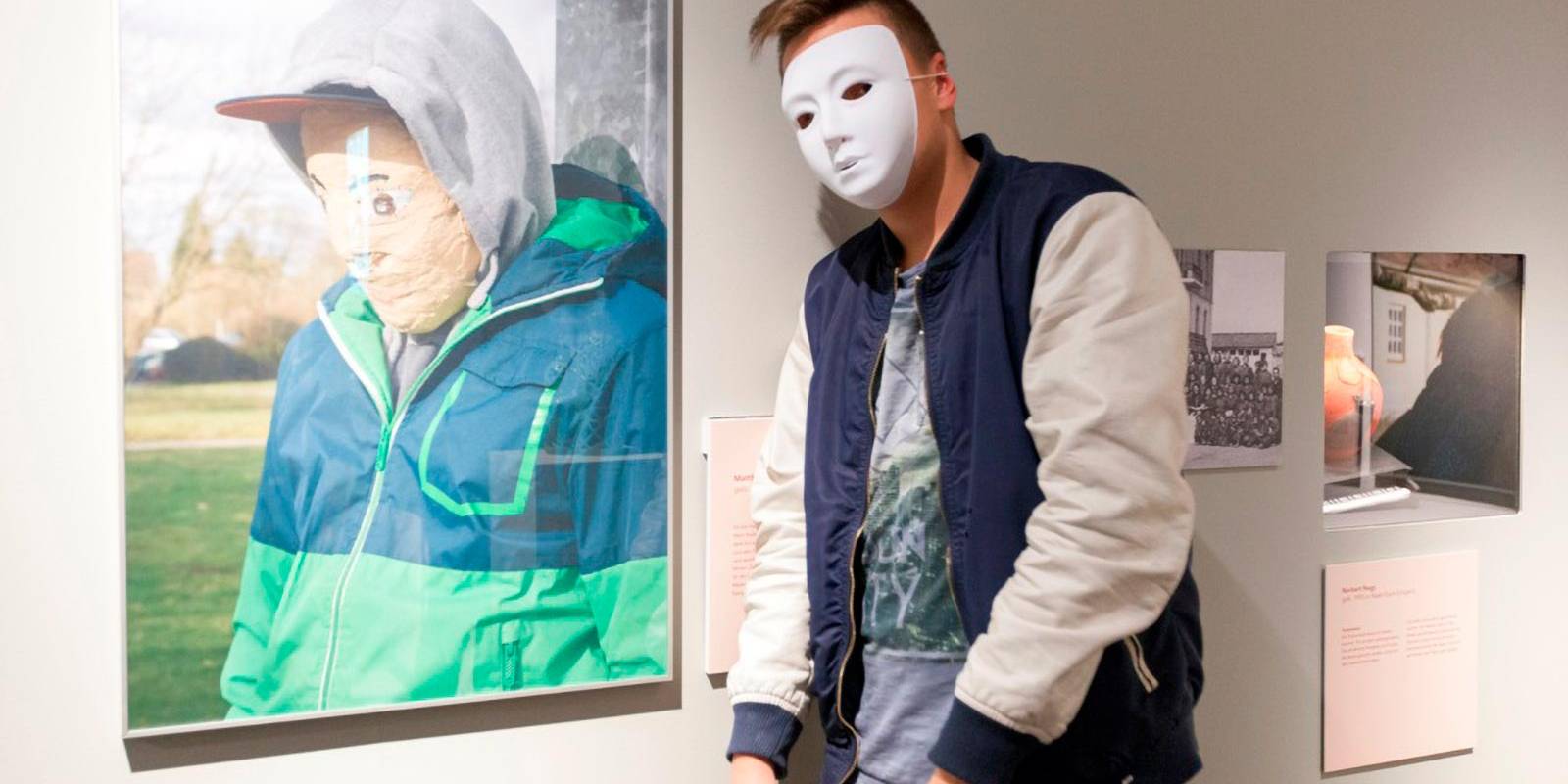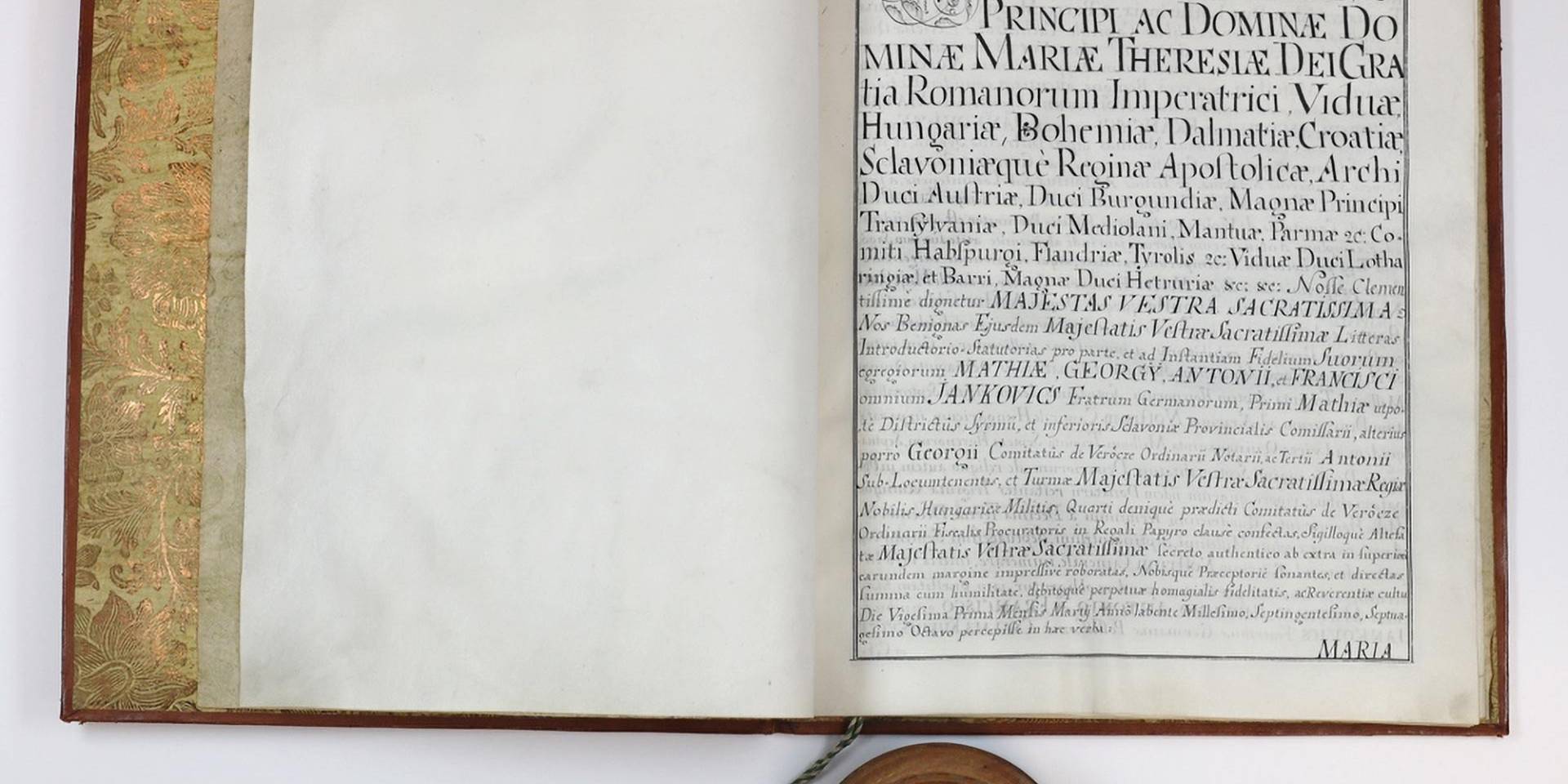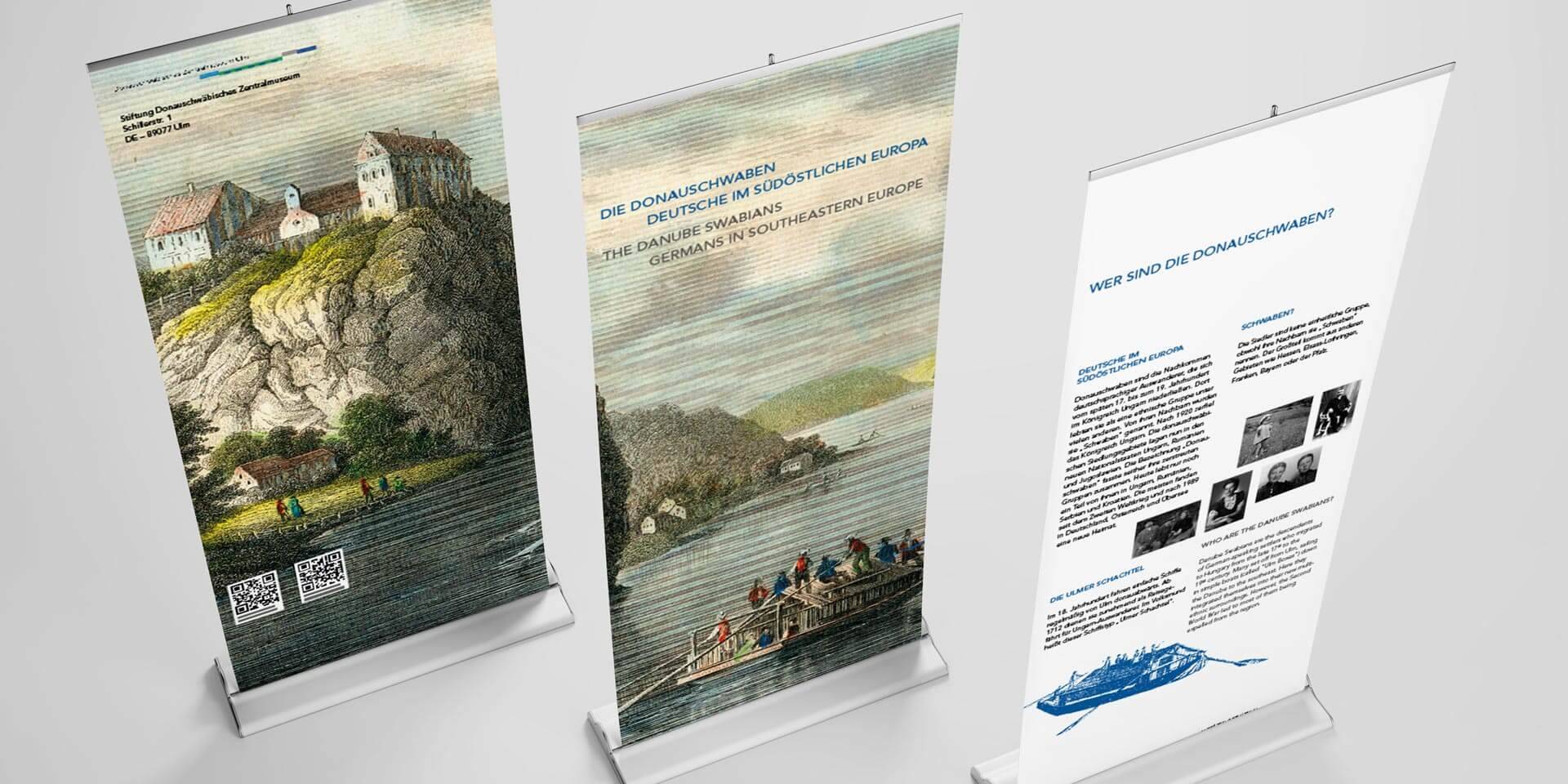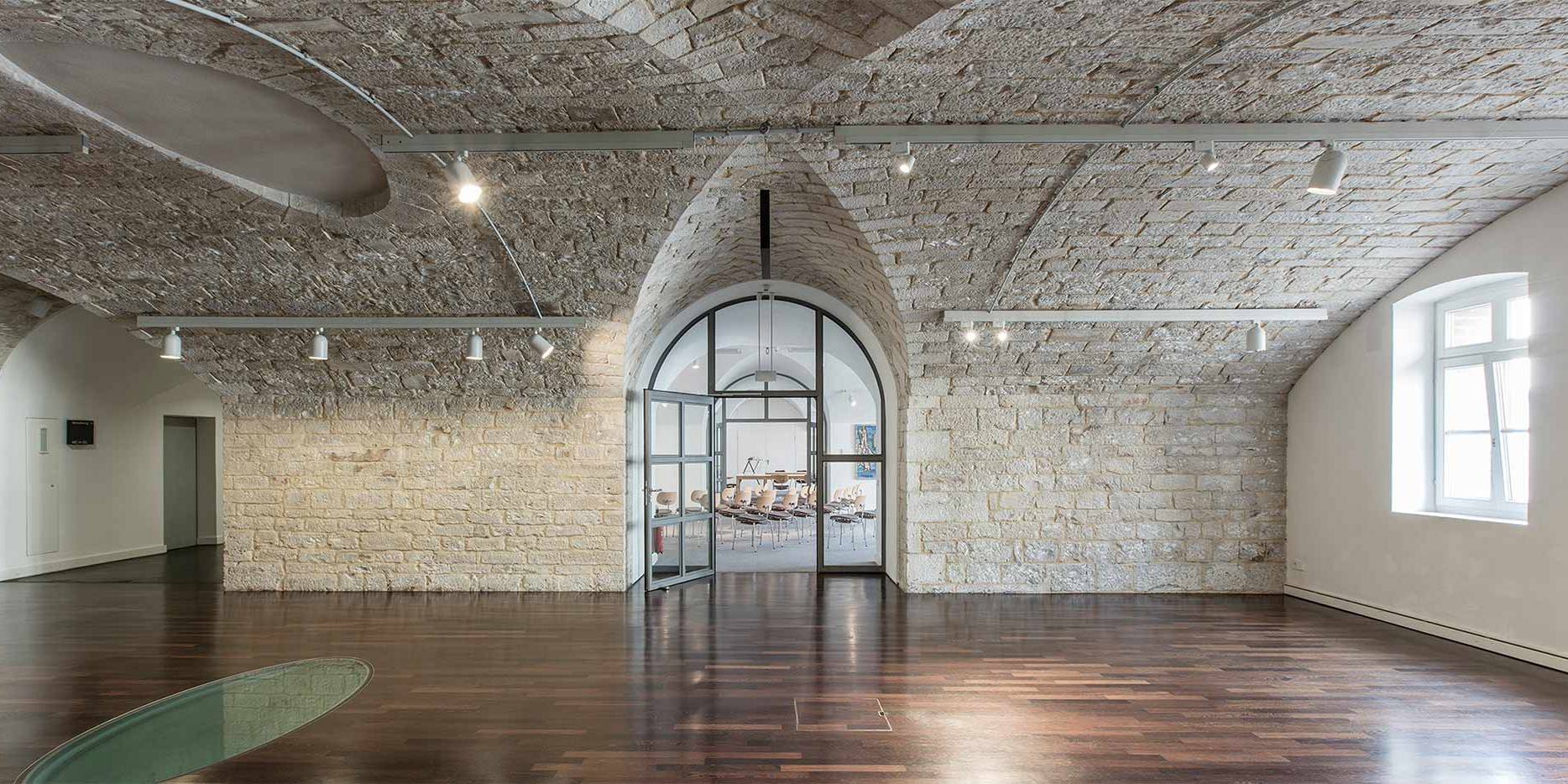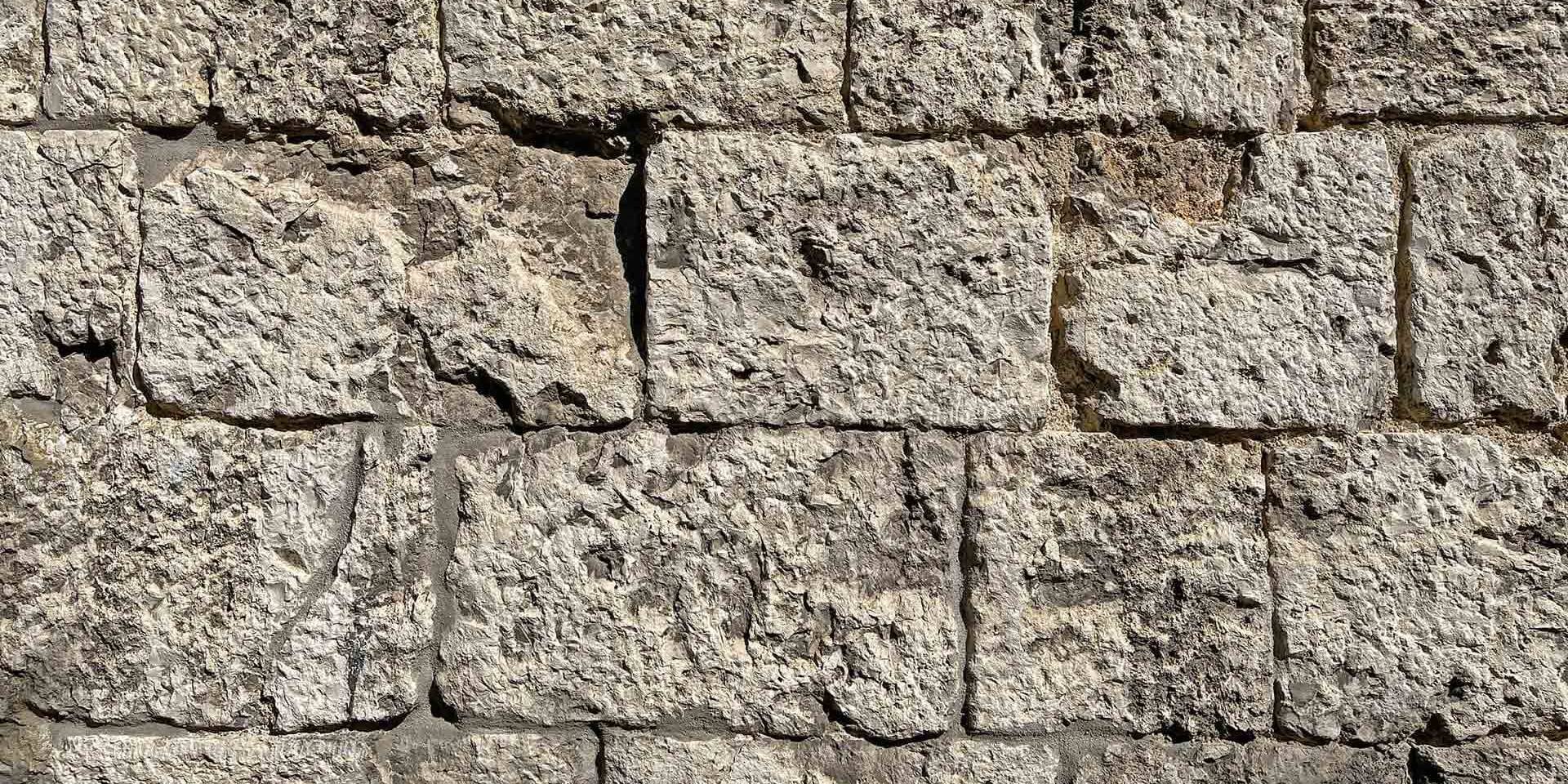The Danube Swabian Central Museum is the only museum in Germany that presents the history of the Danube Swabians comprehensively and on a scientific basis. The DZM is actively involved in the German and Southeast European museum landscape and carries out projects with partner museums. The collection, which is continuously being expanded, serves as a material "storeroom" of Danube Swabian culture and history.
history of the museum
After a five-year development phase, the museum was opened on July 8, 2000. The main idea behind the exhibition concept was to embed the history of the Danube Swabians in the geographical and historical context of southeastern Europe. In a historical tour, important stations in Danube Swabian history are presented in 13 themed rooms: from emigration to Hungary to living together in villages and towns to political changes in the 20th century.
With an extensive renovation, the exhibition was updated and modernized in the years 2018 to 2022. Since then, the permanent exhibition “Donau. river stories”
Since the opening, the DZM has been actively involved in the German and Southeast European museum landscape and carried out numerous projects with partner institutions. The museum has formal partnerships with museums in Satu Mare/Satu Mare, Arad, Timisoara/Timișoara and Reschitza/Reșiţa (all Romania), Novi Sad (Serbia) and Pécs (Hungary). In addition to the numerous local hometowns of the Danube Swabians, which are mostly run by hometown communities, the DZM deals with all Danube Swabian settlement areas between Budapest and Belgrade.
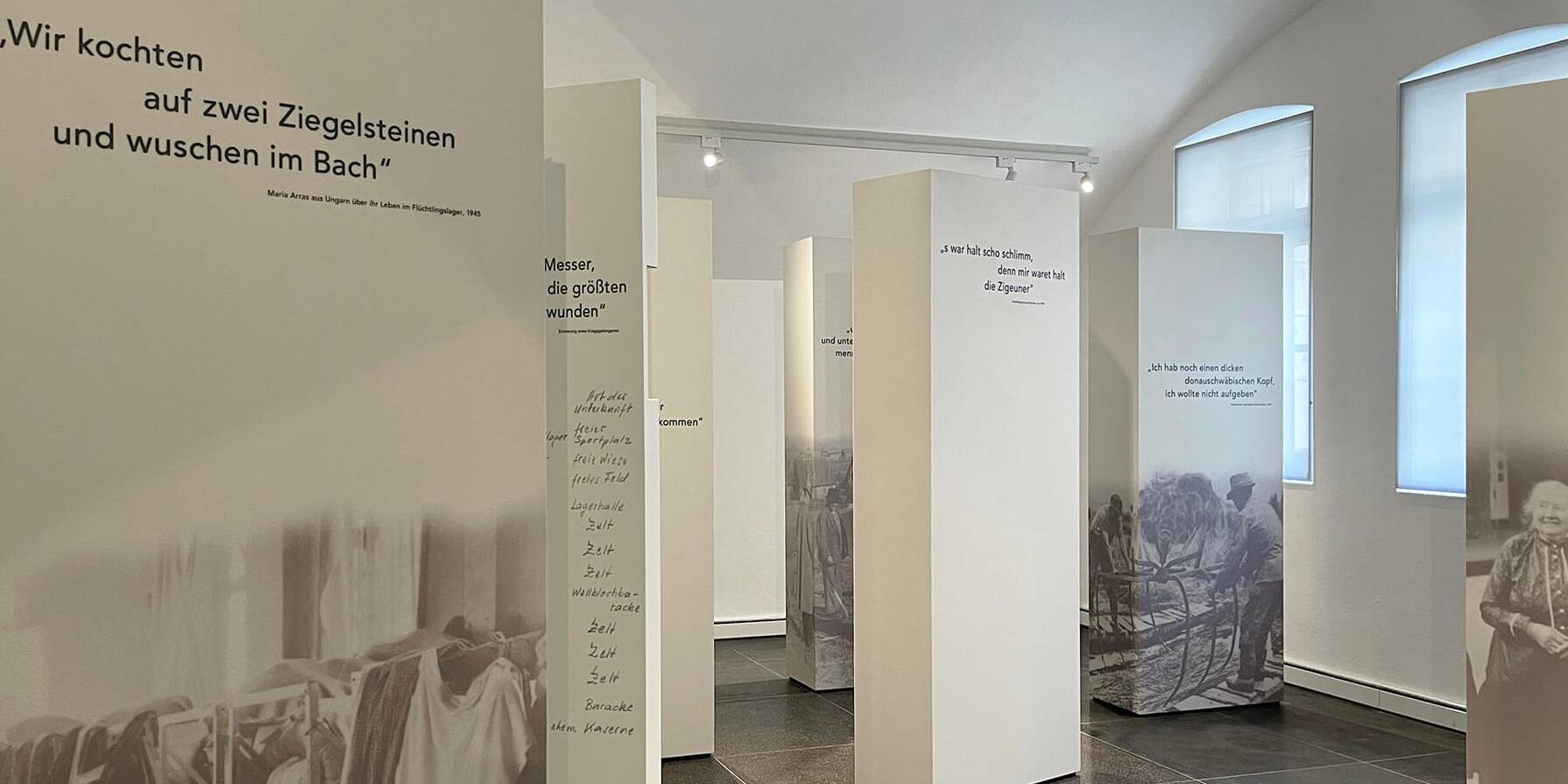
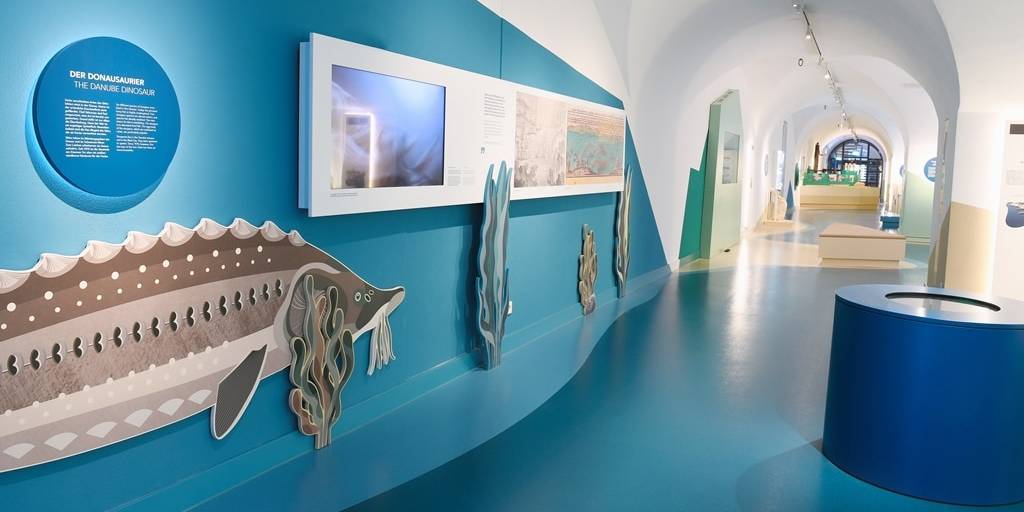
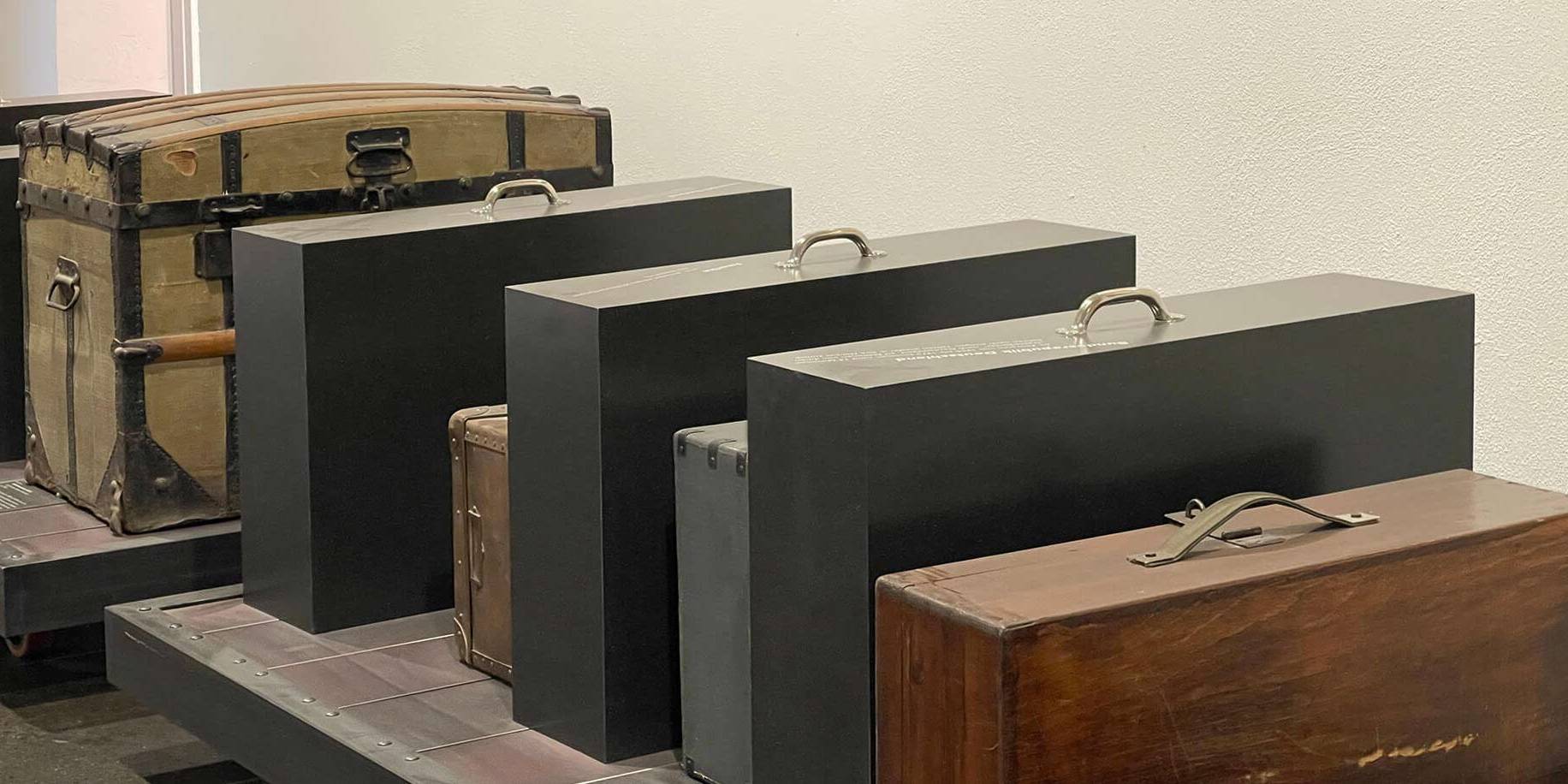
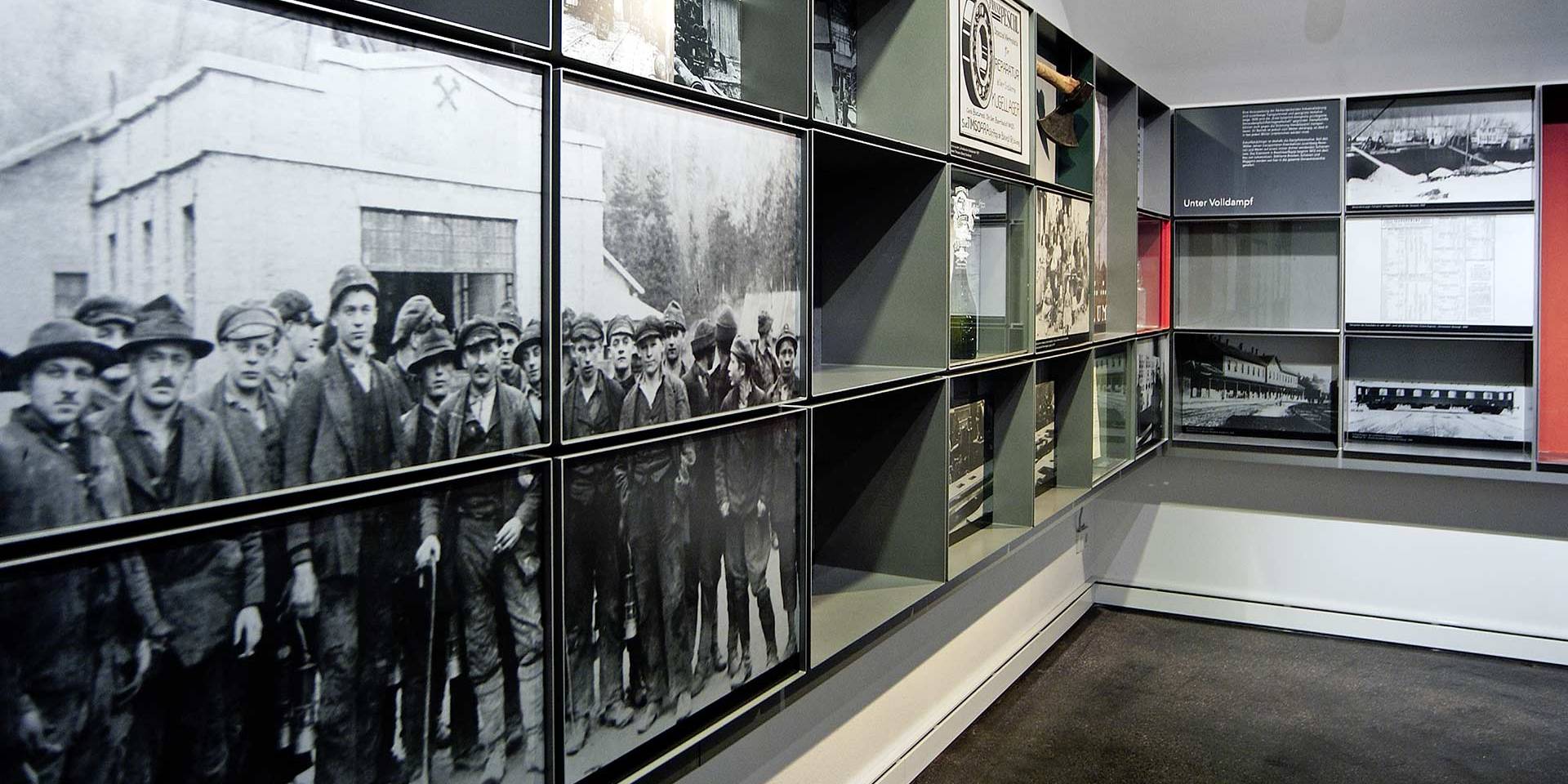
Tasks
The foundation has the task of preserving the cultural tradition and the cultural assets of the Danube Swabians on the basis of paragraph 96 of the Federal Expellees Act by comprehensively documenting history, culture and landscape, collecting and presenting cultural assets as well as regional and folkloric research on the Danube Swabian regions of origin makes accessible. At the same time, it is intended to disseminate and deepen knowledge about the south-eastern neighbors in order to make a contribution to understanding in Europe. For this purpose, the foundation operates the museum in the Upper Danube Bastion in Ulm.
The core of the museum is an extensive collection that includes everyday objects, photographs, documents and works of art from more than three centuries. The museum sees itself as an educational and mediating institution, between scientific claim, the wealth of experience of the experience generation and the needs of the public. It is committed to modern and participatory forms of mediation as well as to the scientific foundations of museum work.
A look at the depot
The museum now has a collection of over 50,000 exhibits, only a small part of which can be seen in the permanent exhibitions. The collection, which is continuously being expanded, serves as a material “storeroom” of Danube Swabian culture and history.
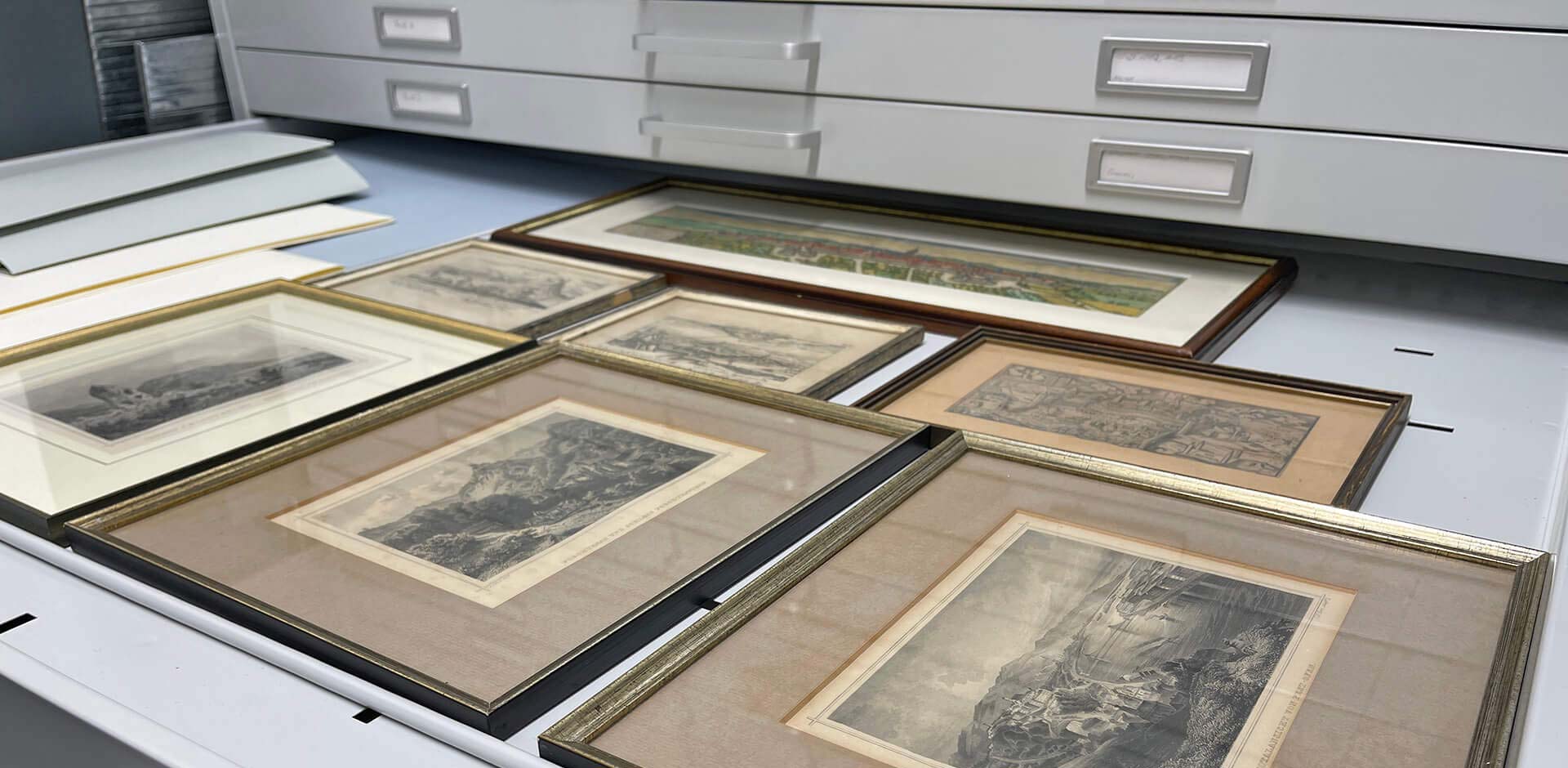
People involved
The Danube Swabian Central Museum is funded by the Federal Government Commissioner for Culture and the Media on the basis of a resolution by the German Bundestag, the state of Baden-Württemberg and the city of Ulm. The city, state and federal representatives are represented in the foundation committees. In addition, the chairmen of the Danube Swabian Landsmannschaften are also members of the Board of Trustees. These are the country team of the Banat Swabians, the Germans from Hungary, the Sathmar Swabians and the country team of the Danube Swabians (from the former Yugoslavia).
Board of Trustees
The Board of Trustees defines the principles for the work of the Foundation. He supports the board in the fulfillment of its tasks and monitors the legality, expediency and profitability of the work within the foundation. Members of the Board of Trustees are:
- Julian Würtenberger, Chairman (State Secretary in the Ministry of the Interior, for Digitization and Municipalities of Baden-Württemberg)
- Ministerialrätin Ministerialrätin Dr. Susanne Olbertz, Deputy Chairwoman (Federal Government Commissioner for Culture and the Media)
- Gunter Czisch (Lord Mayor of the City of Ulm)
- Peter-Dietmar Leber (Federal Chairman of the Landsmannschaft of the Banat Swabians)
- Joschi Ament (Federal Chairman of the Landsmannschaft of Germans from Hungary)
- Markus Kyas (representative of the Landsmannschaft der Donauschwaben)
- Thomas Erös (Federal Chairman of the Sathmar Swabian Landsmannschaft)
- Prof. Dr. Reinhard Johler (Chairman of the Scientific Advisory Board)
- Jan Merk (President of the Baden-Württemberg Museum Association. Cultural Department of the City of Munich)
board of directors
The board of directors administers the foundation in accordance with the purpose of the foundation and the statutes. The board of directors can delegate tasks to the management to carry out independently. Members of the board are:
- Iris Mann, CEO (Mayor, City of Ulm)
- Dr. Christiane Meis (Head Ministerial Councilor, Ministry of the Interior, Digitization and Migration Baden-Württemberg)
- Hans Supritz (Federal Chairman of the Danube Swabian Landsmannschaft)
Scientific Advisory Board
The advisory board advises the board of trustees, the board of directors and the management on the creation and implementation of the museum concept as well as on the construction and expansion of the museum. Members of the scientific advisory board are:
- Dr. Nina Gorgus, Historical Museum, Frankfurt
- Dr. Zoran Janjetović, Institute for Contemporary History of Serbia, Belgrade
- Prof. Dr. Reinhard Johler, Ludwig Uhland Institute for Empirical Cultural Studies, Tübingen
- Dr. Florian Kührer-Wielach, Institute for German Culture and Business Südosteuropas eV at the Ludwig-Max.-Universität, Munich
- Prof. Dr. Werner Mezger, Institute for Folklore of the Germans of Eastern Europe, Freiburg
- Dr. Astrid Pellengahr, Württemberg State Museum
- Prof. Dr. em. Gerhard Seewann, Munich
- Dr. Ágnes Tóth, Hungarian Academy of Sciences, Budapest
- Hans Joachim Westholt, House of the History of the Federal Republic of Germany, Bonn
DZM annual reports
You can download our annual reports here



